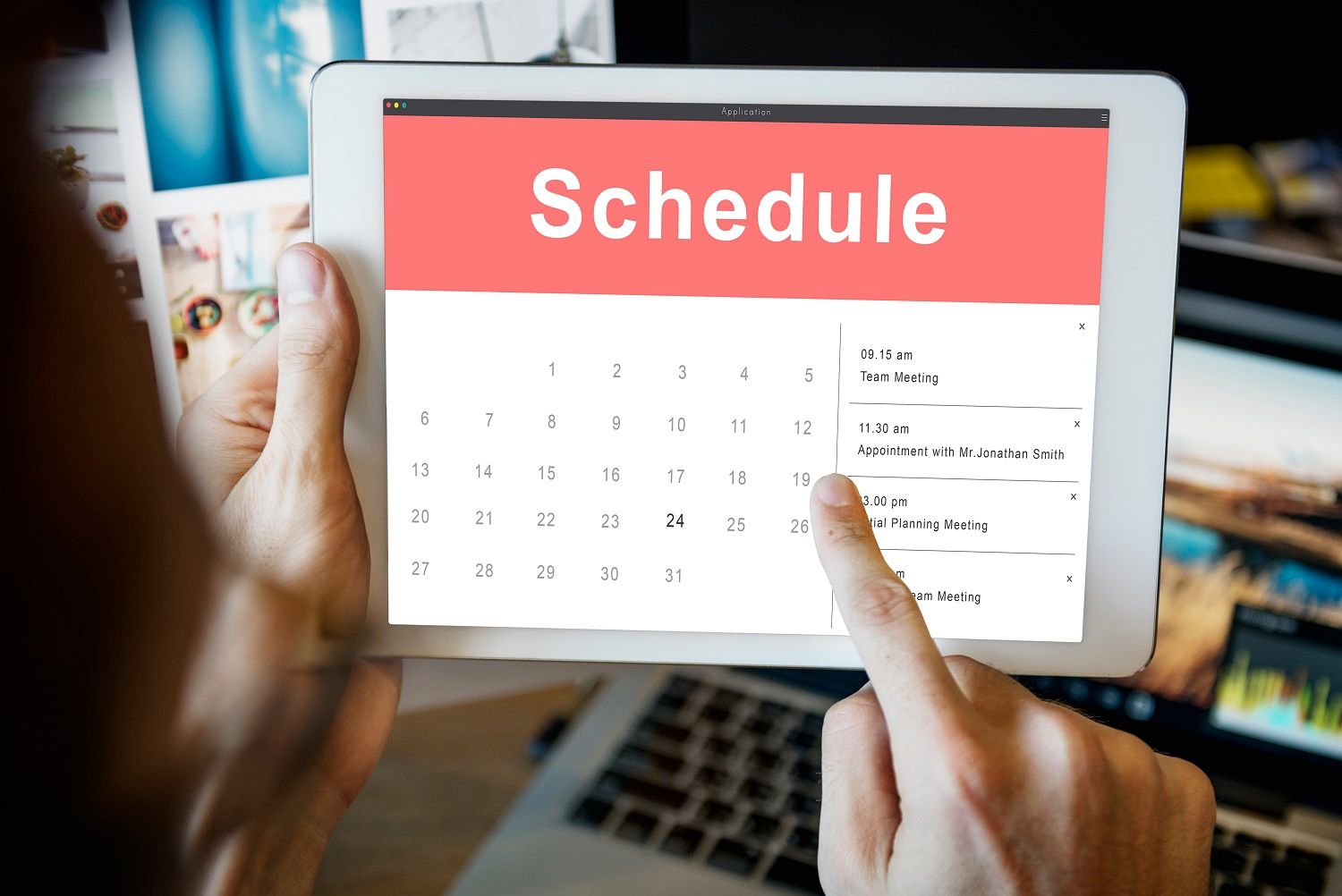Building a Content Calendar That Drives Results: A Comprehensive Guide

1. Introduction
- Importance of a Content Calendar in Digital Marketing
- Overview of Content Calendar Benefits
2. Understanding the Importance of a Content Calendar
- Strategic Alignment
- Consistency and Frequency
Efficiency and Collaboration
3. Step-by-Step Guide to Creating Your Content Calendar
- Step 1: Define Your Goals
- Step 2: Know Your Audience
- Step 3: Conduct a Content Audit
- Step 4: Choose Content Types
- Step 5: Decide on Publication Channels
- Step 6: Create a Content Schedule
- Step 7: Allocate Resources and Assign Roles
- Step 8: Monitor and Adjust
4. Best Practices for Managing Your Content Calendar
- Regular Updates
- Flexibility
- Use Technology
- Detailed Explorations and Narrative Additions
5. Conclusion
- Summary of Key Points
- Final Thoughts on Effective Content Calendar Strategies

In the digital marketing space, content remains top priority. Creating compelling, relevant, and timely content can significantly enhance your brand's visibility and engagement. However, the challenge lies not only in crafting quality content but also in effectively planning and scheduling it. This is where a well-structured content calendar comes into play. This article will delve into the steps to build a content calendar that not only organizes your content strategy but significantly drives results, establishing your authority and expertise in the field.
Understanding the Importance of a Content Calendar
A content calendar is a crucial tool for any content creator or
marketing team. It acts as a roadmap for what content you plan to produce and when and where you intend to publish it. This planning tool helps ensure your content is aligned with your marketing goals, addresses your audience's needs, and is distributed evenly and timely across all your platforms.
Strategic Alignment
Every piece of content should serve a purpose. By aligning articles, videos, blog posts, and social media updates with overarching business goals, you ensure that every content piece moves you closer to your objectives, whether they're increasing brand awareness, generating leads, or establishing thought leadership.
Consistency and Frequency
A content calendar enables you to plan out posting schedules, ensuring that you maintain a consistent presence in your audience's lives. This consistency helps build audience habits and expectations, which can lead to higher engagement rates and stronger
brand loyalty.
Efficiency and Collaboration
With a content calendar, teams can better manage their time and collaborate effectively. It provides a clear outline of deadlines and responsibilities, reducing the chaos often associated with unplanned content creation and last-minute publishing.

Step-by-Step Guide to Creating Your Content Calendar
Step 1: Define Your Goals
Start by defining clear, measurable goals for your content. Are you aiming to increase website traffic, boost product sales, or grow your email list? Your goals will guide the type of content you produce and help you measure the success of your content strategy.
Step 2: Know Your Audience
Understanding who your
audience is and what they care about is crucial. Create audience personas to tailor your content to meet their needs, solve their problems, and answer their questions. This approach ensures that your content resonates with your target demographic, making it more likely to drive engagement.
Step 3: Conduct a Content Audit
Review your existing content to determine what works and what doesn’t. Identify gaps in your current content offerings and areas for improvement. This audit will help you make informed decisions about future content and refine your overall strategy.
Step 4: Choose Content Types
Decide on the
types of content that will best achieve your goals and engage your audience. Consider a mix of blogs, videos, podcasts, infographics, and social media posts. Variety can keep your audience engaged and cater to different preferences for consuming content.
Step 5: Decide on Publication Channels
Select the channels where you will publish your content. Each platform serves different purposes and reaches different audiences. For instance, LinkedIn is excellent for B2B content, while Instagram may be better suited for visual and consumer-focused content.
Step 6: Create a Content Schedule
Develop a timeline for your content. This schedule should consider key dates that are important to your business, such as product launches, major holidays, or industry events. Plan your content around these dates to maximize relevance and impact.
Step 7: Allocate Resources and Assign Roles
Determine who in your team is responsible for creating, editing, approving, and publishing each content piece. Clearly defined roles and responsibilities help streamline the content creation process and prevent bottlenecks.
Step 8: Monitor and Adjust
Once your content is live, use analytics tools to monitor its performance. Look at metrics such as page views, social shares, and engagement rates to understand what types of content perform best. Use these insights to adjust your future content plans and strategies.

Best Practices for Managing Your Content Calendar
Regular Updates
Regularly update your content calendar to reflect changes in your marketing strategy or external factors that impact your content planning, such as trending topics or competitor actions.
Flexibility
While consistency is key, remain flexible in your content planning. Be prepared to move content around to respond to unforeseen events or to take advantage of spontaneous opportunities.
Use Technology
Leverage content management tools like Trello, Asana, or Google Calendar for planning and collaboration. These tools can help automate workflows and increase visibility among team members.
Detailed Explorations and Narrative Additions
Incorporate detailed explorations, analyses, or narratives into your content to provide additional value. For example, in-depth case studies, detailed how-to guides, and comprehensive industry analyses can significantly enhance your content's value, helping to establish your brand's authority and expertise.

Conclusion
Building a content calendar is more than just scheduling posts. It involves strategic planning, understanding your audience, and continually optimizing your efforts based on performance data. By following the steps outlined in this guide, you can create a content calendar that not only organizes your marketing efforts but also significantly contributes to achieving your business goals.
Summary of Key Points
- Strategic Alignment: Every content piece should align with your business goals, driving towards specific outcomes such as increased engagement, lead generation, or sales.
- Audience Insight: Understanding your audience’s needs and preferences allows you to create content that resonates and engages effectively, building trust and authority in your niche.
- Consistent Delivery: A well-planned content calendar ensures regular content delivery, keeping your audience engaged and your brand top-of-mind.
- Efficient Resource Management: Assigning clear roles and responsibilities within your team avoids confusion and streamlines the content creation process, saving time and reducing stress.
- Adaptability and Learning: Monitoring the performance of your content and being willing to adjust your strategy are crucial for staying relevant and maximizing the impact of your content.
Final Thoughts on Effective Content Calendar Strategies
An effective content calendar is dynamic and flexible. It allows your team to be responsive to changes in the market and your business, adapting as needed to new information and trends. This adaptability, supported by solid data and clear organizational structures, turns your content calendar into a powerful tool for strategic communication.
Moreover, it is essential to remember that a content calendar is not just a scheduling tool but a part of your strategic arsenal in building a successful brand. By methodically planning out your content, you ensure that each piece is purposeful, your marketing efforts are cohesive, and your team is unified in its goals.
Lastly, as you continue to develop and refine your content calendar, consider integrating more sophisticated storytelling and deeper analytical content that showcases your expertise. This will not only enhance the appeal of your content but also strengthen your position as a leader in your field.
Through diligent planning, continuous learning, and strategic execution, your content calendar will become an indispensable component of your marketing strategy, driving significant results and helping you to achieve your business objectives effectively.
Welcome To Our Blog





